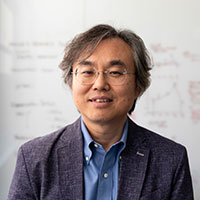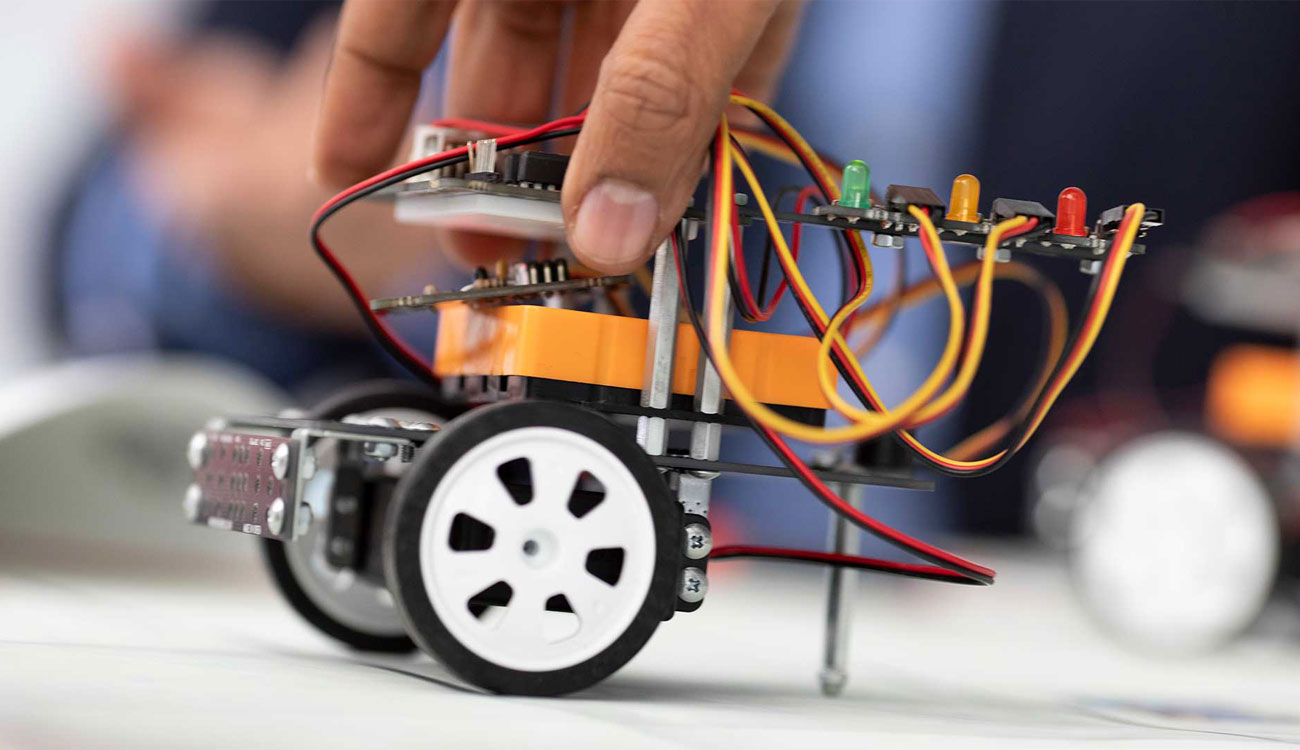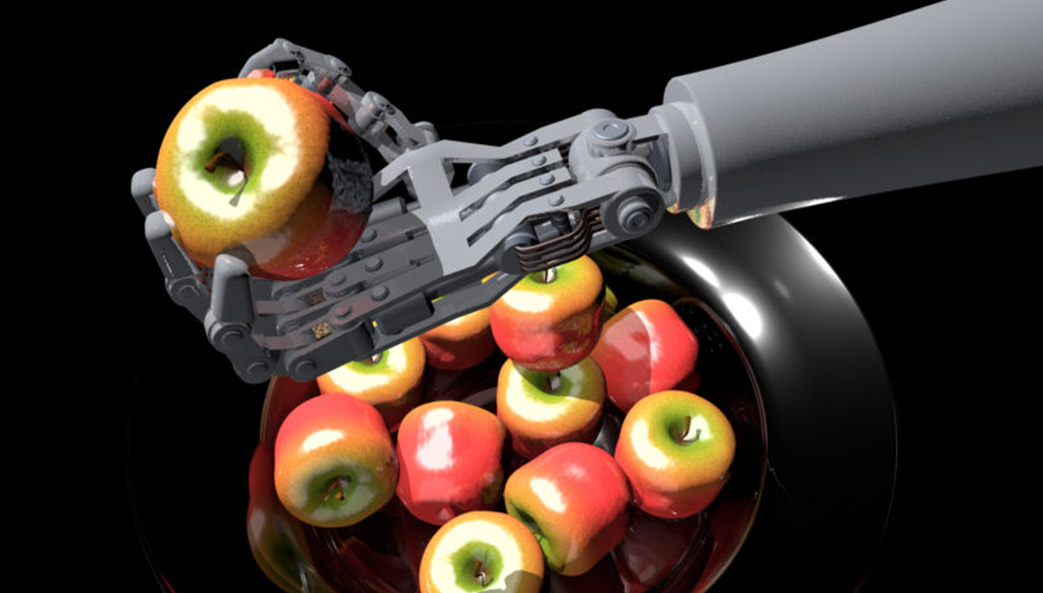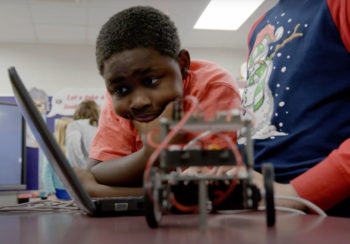Once the workbook was developed, the researchers invited a group of teachers to learn about and implement the curriculum in their classrooms. One of those teachers was Todd Smith. A UGA grad himself, Smith was eager to give it a go and start incorporating the program into his coursework. Although there were some kinks to work out, the curriculum was a hit.
“My first impression of the program was that it would be too complex and difficult for elementary students due to the fine motor skills needed for the building of the robot and the somewhat complex math that is needed at times,” Smith said. “As it turns out, many students like the building of the robot more than the other areas of the curriculum.
“What I really like about the curriculum is the fact that it requires students to look ahead and predict what they will need to do in order to make their programs successful. This allows students to become better problem solvers not only in academic areas, but also in everyday life.”
Students across Africa, South Korea, China and beyond are also learning how to build and program robots thanks to Choi’s curriculum and the workshops he and his colleagues have held across the globe.
Since grabbing samples for a scientific study from a volcano isn’t a universally understood concept, the researchers built the curriculum so it could be adapted to both cultural norms and a variety of learning standards.
Students in Africa needed to program the robots to deliver much-needed water to villages. Honduran students need to optimize the delivery of a sugar cane harvest.
In Smith’s class, students have conducted missions on volcanoes, through battlegrounds in the Middle East and soon will explore tectonic plates through the activity.
“The most important thing when we disseminated the curriculum was that it was designed in a way that was flexible enough to customize the content,” Choi said. “Helping blind people navigate a city, gathering soil samples for a scientific study—there are so many possibilities. Robotics is one of the most important industries for the future. Our next generation must be well-versed in the area of robotics and the possibilities it presents.”
For students like Heath and Hudson, learning to code and build something has sparked an interest in a career field they’d never really thought of before. And though their robot got off to a rocky start, the boys’ hard work and attention to detail paid off. In their class competition, Heath and Hudson tied for second place.
“The most important thing when we disseminated the curriculum was that it was designed in a way that was flexible enough to customize the content … Robotics is one of the most important industries for the future.”
– Ikseon Choi, Director RAIL

About the Researcher
Ikseon Choi
Director, RAIL
Professor, College of Education






